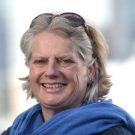The Legacy: Arthur Hobhouse and the creation of our national parks
Legendarily beautiful, Hobhouse chaired the committee that prepared the legislation to create national parks in 1949, with the first, the Peak District, established in 1951.
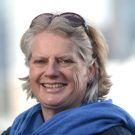

The essential requirements of a national park are that it should have great natural beauty, a high value for open-air recreation and substantial continuous extent,’ wrote Arthur Hobhouse in his criteria for national parks, which came about by law in 1949.
Hobhouse, whose report followed that of civil servant and campaigner John Dower, added that at least one should be easily accessible from a city. Public demand for access to beautiful, wild places had been gathering steam for some decades — Wordsworth described the Lake District as ‘a sort of national property, in which every man has a right and interest who has an eye to perceive and a heart to enjoy’ — and it came to a head with the Mass Trespass on the Duke of Devonshire’s Kinder Scout in the Peak District by Sheffield and Manchester factory workers. The Peak District was the first to be designated, in 1951.
In 1945, the government produced the White Paper on National Parks and Hobhouse (1886–1965), son of a Liberal MP and briefly one himself, chaired the committee to prepare for legislation.
There are now 15 national parks across England, Scotland and Wales; not all encompass high moorland country — the last to be created, in 2010, is the South Downs. Hobhouse said it would be wrong to exclude areas that ‘though of less outstanding grandeur and wildness, have their own distinctive beauty and a high recreational value’.
Although his legacy is undoubtedly to give cohesion and protection to beautiful places, greatly aiding the tourism market, there can be disadvantages and restrictions for locals. The creation of 46 National Landscapes (formerly AONBs) under the same legislation begs the question of where else should be designated, but politicians remain convinced it’s a vote winner, although the Scottish Government’s plans for a new national park in Galloway have been met with some opposition.
Newt beginnings
Arthur Hobhouse was a legendarily beautiful young man, much pursued by members of the Bloomsbury Group. He inherited the family estate, Hadspen in Somerset, where the gardens were restored by his daughter-in-law, Penelope Hobhouse, and which is now a famed hotel, The Newt
Exquisite houses, the beauty of Nature, and how to get the most from your life, straight to your inbox.
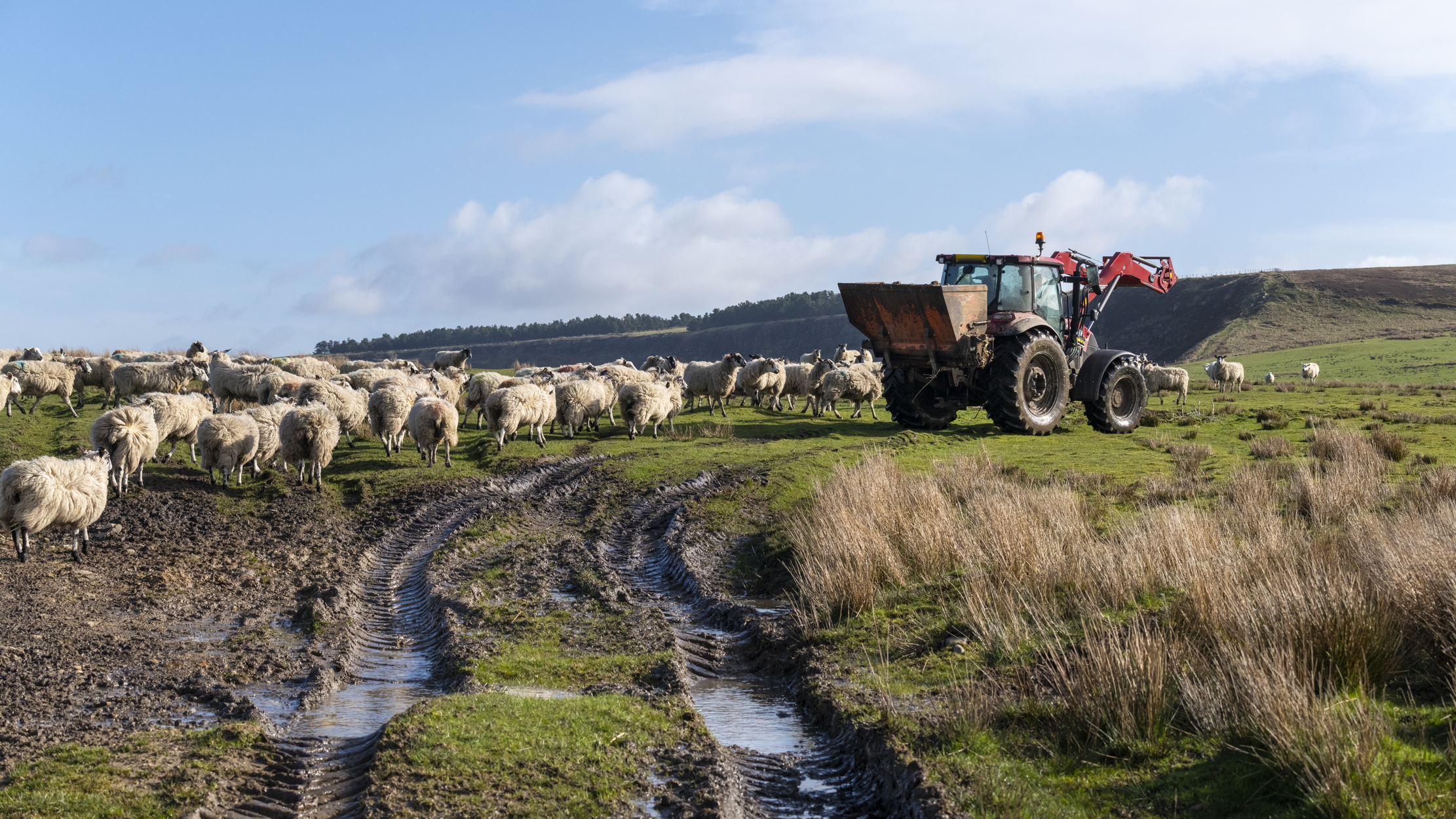
Credit: R A Kearton via Getty Images
The Legacy: Godfred Baseley, the man who invented The Archers
We take a brief look at the life and inspiration of the man behind the world's longest running radio serial.
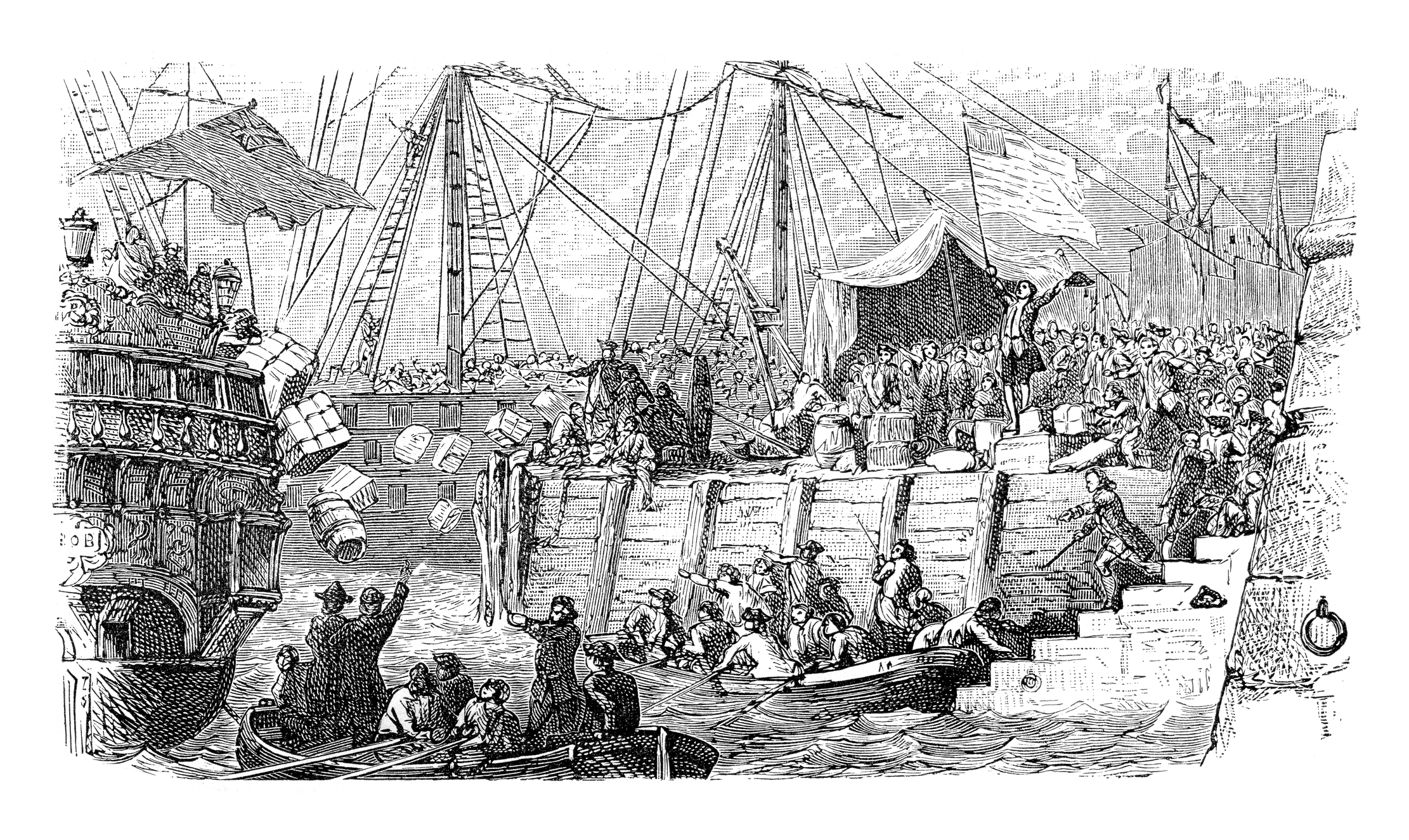
Credit: Ralf Hettler/grafissimo via Getty Images
The Legacy: Thomas Twining, the man who made such good tea, not even the Boston rebels would toss it in the harbour
Arriving in London as a young boy, Thomas Twining saw a gap in the market, and made his name as
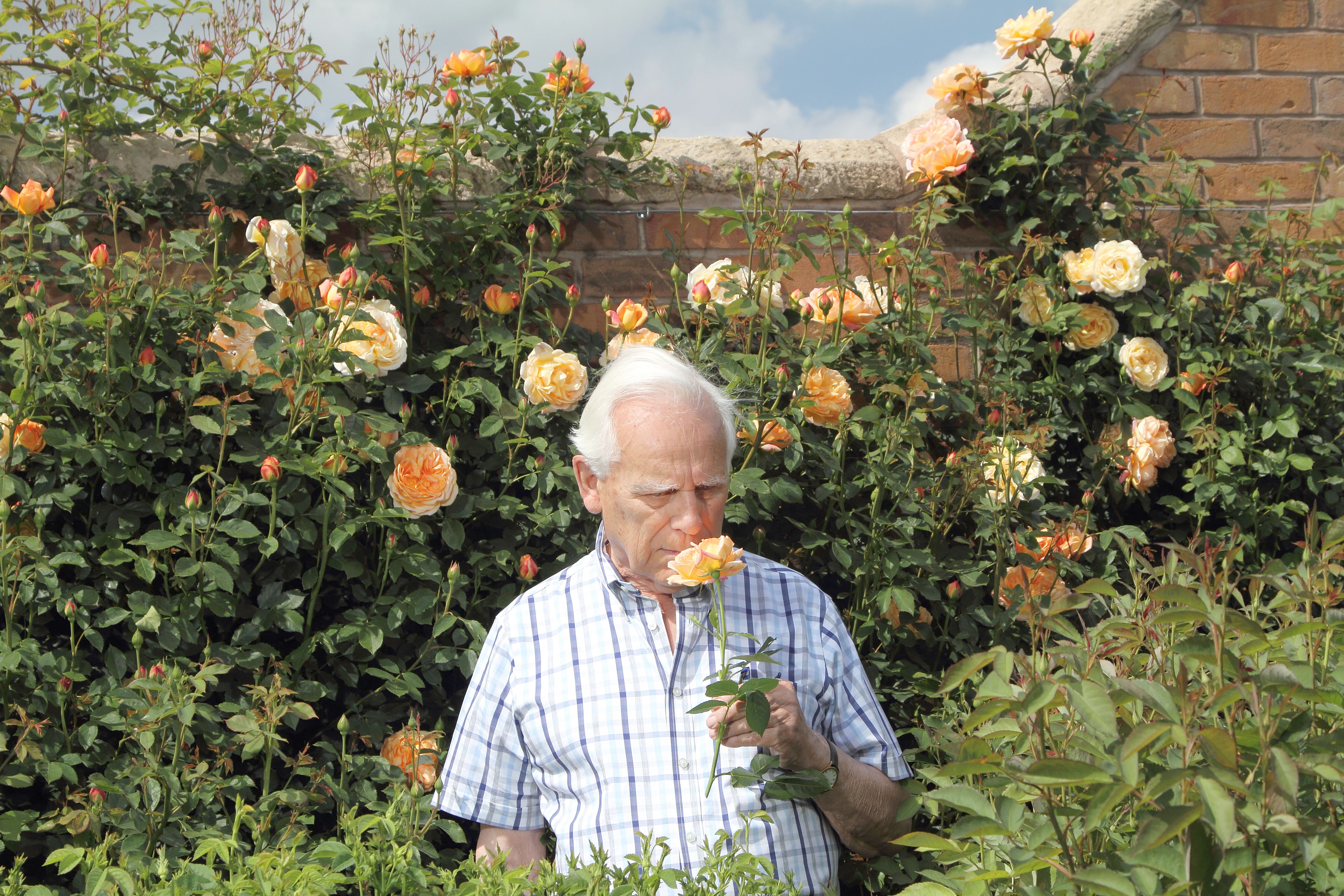
The Legacy: David Austin's English roses
Tiffany Daneff pays tribute to David Austin, the man whose name remains synonymous with roses even five years after his
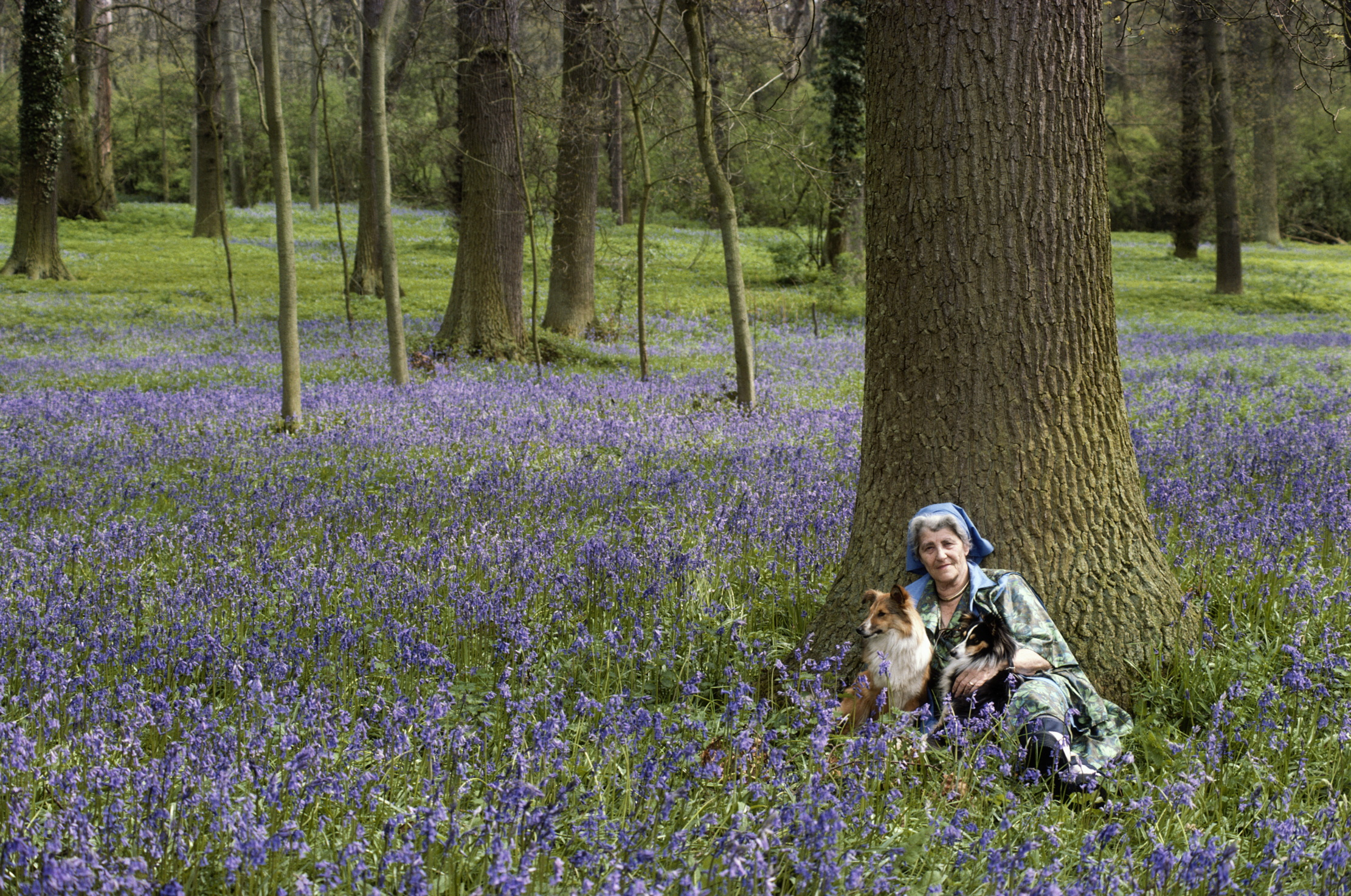
Credit: Tony Evans/Timelapse Library/Getty Images
The Legacy: Miriam Rothschild, the pioneer of organic and wildflower gardening
The celebrated entomologist and Bletchley Park codebreaker was also way ahead of the times when it came to gardening.
Kate is the author of 10 books and has worked as an equestrian reporter at four Olympic Games. She has returned to the area of her birth, west Somerset, to be near her favourite place, Exmoor. She lives with her Jack Russell terrier Checkers.
